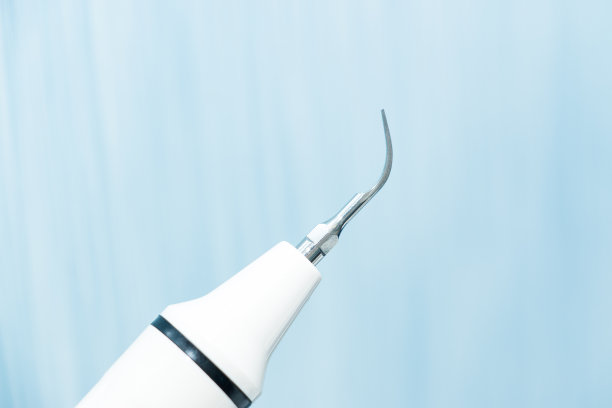Innovative Approaches to Dental Implant Treatment Enhancing Patient Experience and Improving Long Term Success Rates
Summary: The landscape of dental implant treatment has evolved remarkably over the years, with innovative approaches significantly enhancing patient experiences and increasing long-term success rates. By focusing on cutting-edge technology, individualized treatment plans, advancements in material science, and improved patient education, dental professionals can provide superior care. This article delves into these innovative methods, showcasing their impact on both patient satisfaction and treatment outcomes. The integration of these practices not only ensures a higher success rate but also fosters a more comfortable and engaging experience for patients, ultimately revolutionizing the field of dental implantology.
1. Embracing Cutting-Edge Technology

Technological advancements have greatly transformed dental implant treatments, making procedures more efficient and less invasive. One of the primary innovations in this area is the use of 3D imaging and computer-guided implant surgery. These tools allow dentists to create precise surgical plans, ensuring that implants are placed accurately, thereby reducing the margin of error. Patients experience less discomfort and shorter recovery times, enhancing their overall treatment experience.
Additionally, the introduction of digital impressions eliminates the need for messy traditional molds. Patients can appreciate the convenience and comfort of this method, which provides better accuracy in implant placement. This shift not only streamlines the process but also significantly enhances patient satisfaction.
Furthermore, advancements in regenerative techniques, such as PRP (Platelet-Rich Plasma) therapy, have contributed to improved healing times and success rates for dental implants. These technologies not only benefit individual patients but also pave the way for a more comprehensive and positive dental care experience.
2. Individualized Treatment Plans for Patients
Every patient is unique, and a one-size-fits-all approach to dental implants can lead to suboptimal outcomes. Innovative practices emphasize the importance of personalized treatment plans tailored to each patients specific needs. This begins with thorough assessments using advanced diagnostic tools, allowing practitioners to understand individual circumstances better.
Moreover, collaboration among multidisciplinary teams enables customized solutions that consider patients’ medical history, lifestyle, and aesthetic desires. For instance, a comprehensive plan might include additional procedures, such as bone grafting or sinus lifts, thereby maximizing long-term success rates.
The significance of tailored approaches extends beyond initial treatment. Continuous follow-ups and adjustments based on patient feedback ensure that each individual receives the highest quality of care throughout their journey, fostering trust and satisfaction within the patient-dentist relationship.
3. Advancements in Material Science
The materials used in dental implants have undergone significant advancements, leading to better integration with the jawbone and reduced risk of complications. The shift from traditional titanium to newer biocompatible materials, such as zirconia, provides aesthetic benefits with a more natural appearance, thus appealing to patients looking for cosmetic enhancements.
Additionally, surface modifications of implant materials, like hydrophilic and nano-textured surfaces, promote faster osseointegration, allowing implants to bond more securely with the bone. These improvements not only contribute to quicker recovery but also enhance the long-term success rates of the implants.
Research continues to pave the way for even more innovative materials that can further improve implant stability and patient satisfaction. As the field progresses, patients can expect better functional outcomes and longevity from their dental implants.
4. Enhancing Patient Education and Communication
Informed patients tend to be more engaged in their treatment processes, resulting in better outcomes. Innovative approaches prioritize patient education through comprehensive consultations that clarify procedural details, benefits, and potential complications. Utilizing visual aids and digital resources can demystify the procedures, leading to increased patient comfort and satisfaction.
Moreover, open lines of communication are essential for addressing patient concerns and managing expectations. Dentists who adopt methods to facilitate ongoing discussions, such as tele-dentistry, can enhance patient relationships, creating a supportive and transparent environment.
Encouraging patients to take part in decision-making not only promotes autonomy but also improves compliance and satisfaction. When patients feel informed and involved, they are more likely to adhere to post-treatment guidelines, thereby contributing to the long-term success of their dental implants.
Summary:
In summary, innovative approaches to dental implant treatments have radically improved patient experience and long-term success rates. By integrating cutting-edge technology, individualized care, advancements in materials, and enhanced education, dental professionals are providing superior patient satisfaction. These developments not only address immediate treatment needs but also promote a more profound and enduring relationship between practitioners and their patients.
This article is compiled by Vickong Dental and the content is for reference only.


